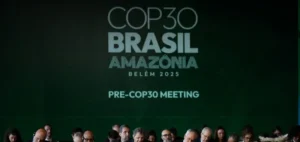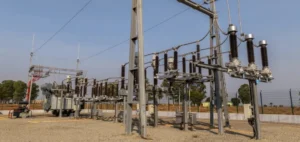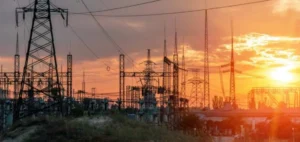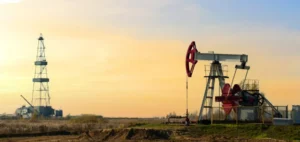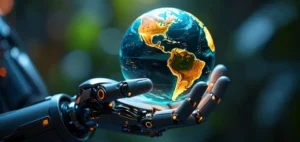China aims to develop pumped hydroelectric storage by 2035.
The country unveils an ambitious plan for more than 120 GW by 2030.
China boosts renewable energy development
This Thursday, September 9, 2021, China publishes a plan setting out measures to develop its pumped hydro storage system by 2035.
With the aim of boostingrenewable energy consumption and ensuring stable grid operation.
The country aims to launch over 62 GW of pumped hydro storage by 2025 and 120 GW by 2030.
All the while establishing globally competitive companies.
That they use advanced technologies as industry leaders by 2035 declares the National Energy Administration (NEA).
China is also preparing for the closure of 40,000 hydroelectric power plants.
The country is seeking to limit the scattering of small and medium-sized hydropower plants.
This is in response to the serious risk of a shortage of water capacity in China.




